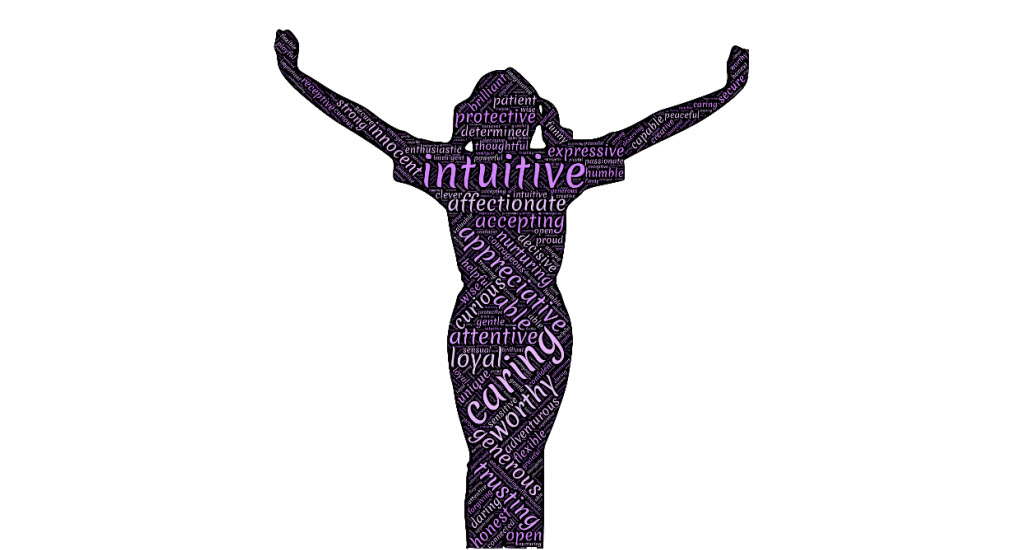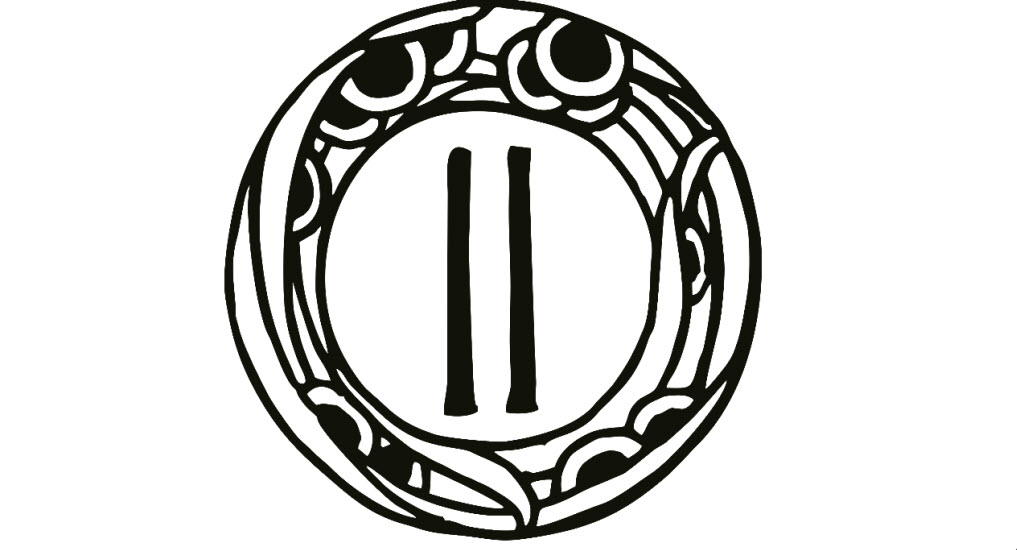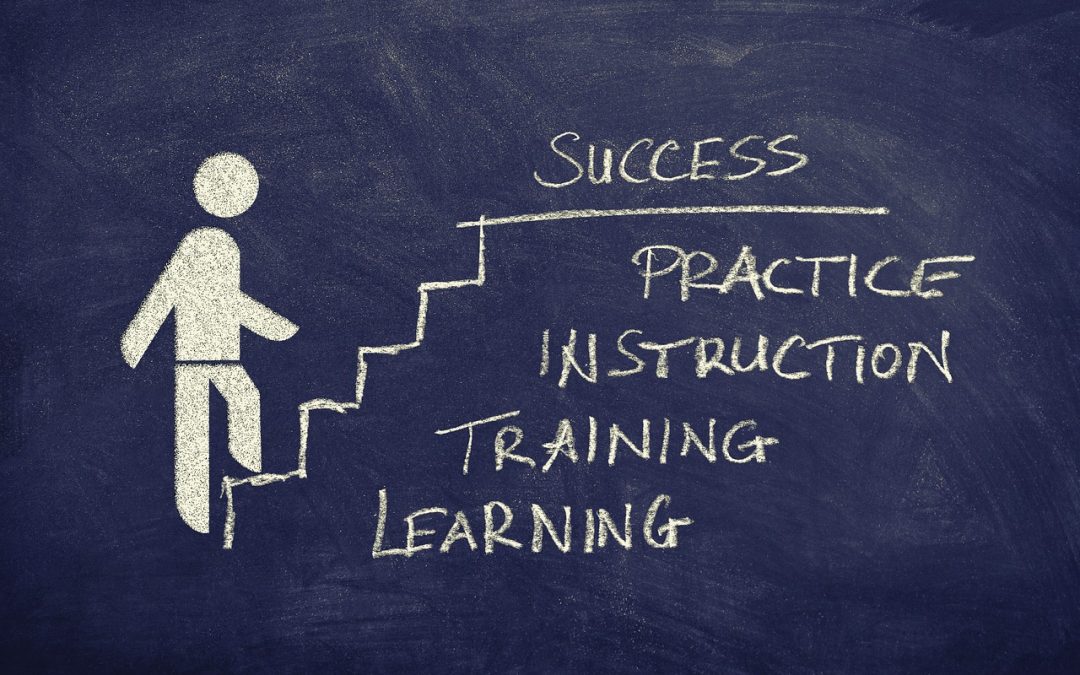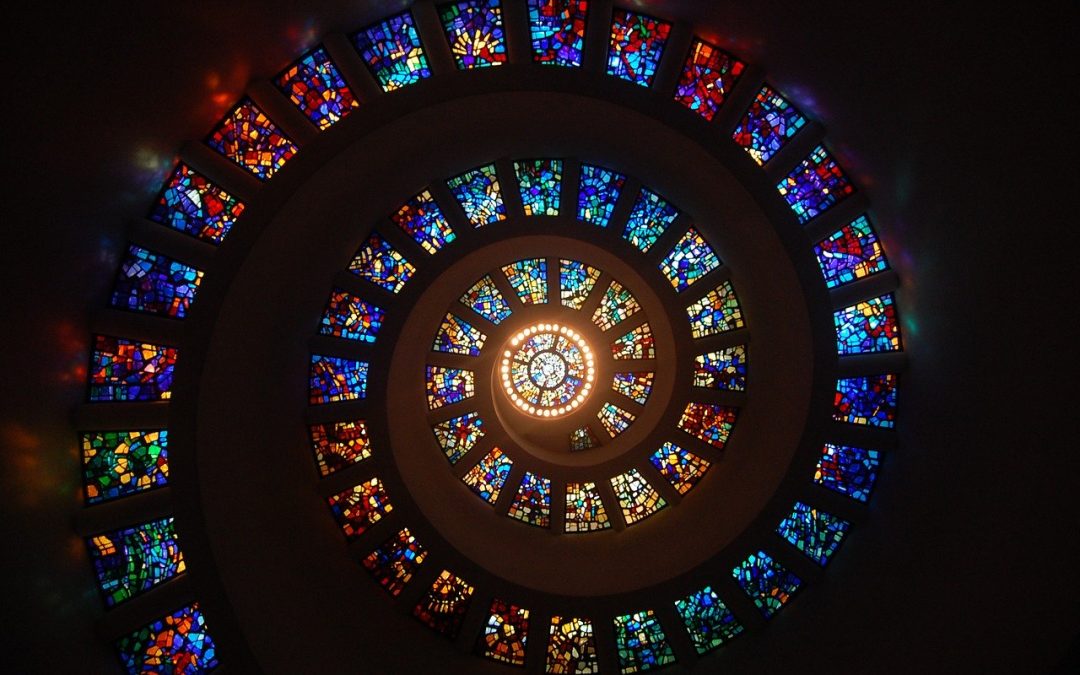The subject of numerology can be quite intriguing. There are those who maintain that numbers do have meaning and influence in our lives. There are others who are not convinced of any relationship with numbers. The generally “superstitious” numbers, such as thirteen and triple six are given an ominous meaning, while numbers such as three, seven and eight are considered quite lucky. It is all in the interpretation and the context – or is it?
Much of our spiritual and scientific understanding of numbers comes from Pythagoras (582-495 BC.), the Father of Mathematics. Although quoted mostly for his scientific work on numbers and their relationships, he was primarily a mystic and philosopher. His fascination and understanding of numbers led him to discover that the numbers 1 through 9 on a macro level stand for universal principles. On a micro level, they stand for characteristics, abilities and events. Pythagoras saw in number patterns and geometrical ratios the explanations of all natural phenomena, musical harmony and tonal qualities. He knew that the stars and planets as vibrating bodies produced sound which became known as the “music of the spheres”.
As an aside, Dr. Jeffrey Thompson of the Center for Neuroacoustic Research in California, was given permission by NASA to have special recording equipment placed on-board some of its space missions to record these sounds. They do indeed exist! Just like Pythagoras stated. ( BTW: You can get downloads of the different planetary and lunar sounds from Dr. Thompson’s website). The idea of planetary music also was the inspiration behind Mike Oldfield’s 2007 release, “Music of the Spheres”. But what would you expect from the musician who, in 1973, gave us “Tubular Bells“?
Pythagoras established a school of the mysteries in southern Italy. One of his most famous students was Plato. Prerequisites for his students included sound foundational knowledge of the four sciences: arithmetic, music, astronomy and geometry. From this foundation, he taught that numbers represented qualities, while figures represented quantities. Numbers operated on the spiritual plane while figures were for measuring things on the material plane. He believed that everything in the universe was subject to predictable progressive cycles; his means of measuring these cycles were the numbers one through nine.
The term esoteric numerology is attributed to his teachings. Esoteric numerology is the art and science of understanding the spiritual significance and orderly progression of all manifestation. Every word or name vibrates to a number and every number has an inner meaning. The letter and the number code, when rightly understood and applied,bring us in direct and close relationship with the underlying intelligence of the universe.
There are many books available on the subject of numerology. Most will show you how to do basic calculations for determining your Birth Number, Life Path Number, Career Number and Soul Number. Different schools of thought offer similar but slightly different interpretations as to what these numbers mean. One phenomenon that is not always discussed is the significance of double numbers, also known as Master Numbers. These are 11, 22, 33, and so on. For example, in some schools, they are listed as 11/2 which is the Master Number 11 reduced to its one digit number 2. In other schools, the Master Number is always left intact. There are differences between the Master number and its reduction – it is up to the individual to decide which form resonates with them.
The psychic medium, Colette Baron-Reid explains attributes to the Master Numbers this way:
Number 11 – is sometimes known as the Master Psychic. It generally denotes someone who is here for a greater spiritual purpose or who will be concerned with spiritual or theological pursuits. It also relates to someone involved in music.
Number 22 – is known as the Master Builder. These people are highly sensitive to their physical and emotional surroundings. They are masters of detail and capable of bringing the inspiration of the 11 vibration into the material world.
Number 33 – is known as the Master Giver. Selfless humanitarians, these are the people on the forefront of caring for others. They are motivated by compassion and fairness. They have a capacity for deep spiritual wisdom.
Number 44 – is known as the Master Healer. This number is about the commitment to heal and help solve problems for others. It is about leadership, strength of conviction and inner strength.
Colette states that these four Master Numbers are the most common for birth dates and names.
From Pythagoras to Mike Oldfield’s music, accounting to construction, planetary movement to garden’s new growth, there springs forth a sense of wonderment. And because of Pythagoras and his followers, there is a number, mathematical ratio or geometrical design just waiting to explain it!






Recent Comments